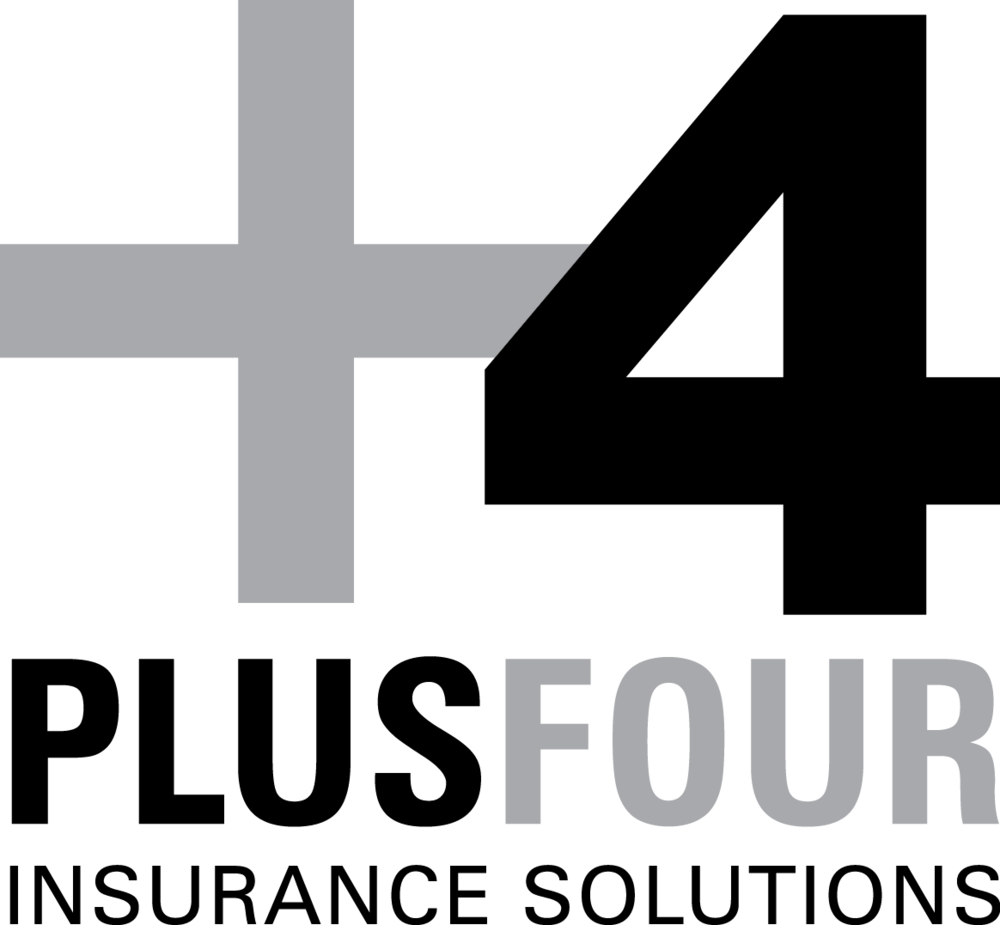Self-Insurance: The In’s and Outs
Self-insurance is a financial strategy often misunderstood and surrounded by misconceptions. Many believe it’s only for the wealthy, because they have the funds available if needed, or that it means having no protection at all – where people have no insurance but have also not put any other funding in place to cover themselves. In reality, that’s not self-insurance - it’s simply carrying the risk.
True self-insurance involves deliberately setting aside your own funds, or company funds, to cover potential risks instead of paying premiums to an insurance company. This approach gives you control but requires careful planning, discipline, and a solid savings plan.
While self-insurance may sound appealing, it doesn’t come without significant risks—especially for catastrophic events. Imagine losing your home or business to a house fire. If you’re self-insured and haven’t saved enough, you’d have to cover the cost of rebuilding and replacing everything out of pocket. Worse still, if you still owe money on your mortgage, you’d be left paying off a loan for a house or premises that no longer exists.
Similarly, a major medical emergency could result in enormous healthcare bills. Without traditional health insurance, you’d need to pay for surgeries, specialist care, and ongoing treatments entirely from your savings. If this happens early in your self-insurance journey, before you’ve built up substantial reserves, the financial impact could be devastating, leaving you with fewer choices available to you.
When does self-insurance make sense?
Self-insurance makes sense when you have enough financial stability to cover potential losses without risking your lifestyle or long-term goals. It’s best suited for predictable and manageable expenses. For example:
Health Expenses for the Healthy: If you rarely visit the doctor, setting aside money for minor medical costs can be more cost-effective than paying high premiums. Pairing this with a high-deductible health plan can cover major emergencies.
Older Vehicles: If your car isn’t worth expensive repairs, you might skip collision coverage and save on premiums, using savings for minor repairs or replacement.
High Savings and Low Debt: If you have a substantial emergency fund and little debt, you’re better equipped to handle unexpected expenses without financial strain.
Predictable Expenses: Self-insuring works well for consistent costs, like dental check-ups or vision care, where you can budget ahead.
High Deductibles for Catastrophic Coverage: Some opt to self-insure for minor costs while maintaining high-deductible policies for major events, balancing low premiums with financial protection.
When Does Self-Insurance Not Make Sense?
Self-insurance isn’t for everyone, especially when potential losses could be financially devastating. It’s risky when:
Catastrophic Events are possible: If you live in areas prone to natural disasters like floods, earthquakes, or wildfires, self-insuring could leave you bankrupt. For example, the 2022 Auckland and Hawke’s Bay floods destroyed homes, and without traditional insurance, many would face insurmountable rebuilding costs while still paying off mortgages.
Major Medical Emergencies: Serious health issues, like cancer, can result in huge bills. Without comprehensive health insurance, you could be burdened with unmanageable debt.
High Liability Risks: If you own rental properties or run a business, liability claims could be financially crippling. Traditional insurance can protect you from lawsuits and compensation claims.
Insufficient Savings or High Debt: If you don’t have substantial savings or carry significant debt, self-insuring could lead to financial disaster if a major loss occurs early on before you’ve built up a sufficient safety net.
Low Risk Tolerance: If covering large expenses out of pocket makes you uneasy, traditional insurance provides peace of mind with predictable premiums.
In these situations, traditional insurance offers essential financial protection.
A common and effective approach is partial self-insurance, where individuals or businesses take on a higher excess to lower premiums, striking a smart balance between risk and cost.
Self-insurance requires discipline and careful planning. It depends on your financial stability, risk tolerance, and the types of risks you’re considering. If you’re thinking about self-insuring, start by evaluating your financial situation, considering worst-case scenarios, and consulting with a financial advisor. A robust savings plan and a clear understanding of the risks involved are essential.
Self-insurance is a powerful financial strategy that, when understood and implemented correctly, can provide flexibility and cost savings. It’s not about avoiding responsibility or skipping coverage—it’s about strategically taking control of your financial risks. By understanding how self-insurance works and carefully planning for potential risks, you can make informed decisions that suit your lifestyle and financial goals.

